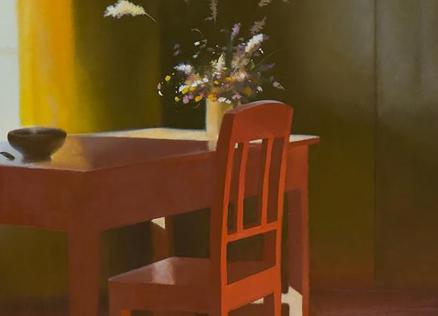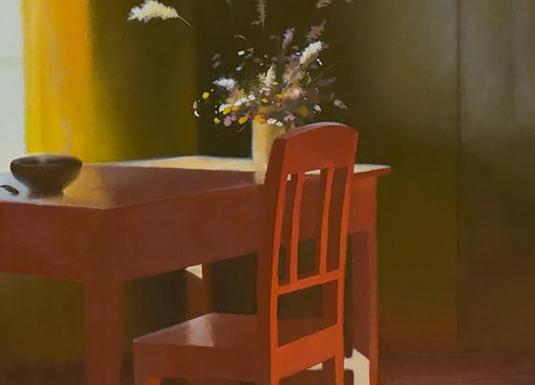Annotation. Līga Purmale
Exhibition Līga Purmale. The Garden of Past Pleasures
Audio guide content in sign language
Exhibition Līga Purmale. The Garden of Past Pleasures at the Latvian National Museum of Art surveys the artist's oeuvre over half a century, from her early photorealist compositions to new works created this year.
Līga Purmale (1948) is an outstanding Latvian painter whose work shows constant formal and thematic development. Since her early childhood, the artist spent much time reading and drawing. Therefore, in 1961, she began studying at the Janis Rozentāls Riga Art High School and, in 1969, joined the Monumental Painting Workshop at the Teodors Zaļkalns Art Academy of the Latvian SSR (now the Art Academy of Latvia) under painter Indulis Zariņš (1929–1997).
Already during her studies, the artist announced herself loudly and unmistakably. In 1974, together with her partner in studies and life, artist Miervaldis Polis (1948), they organised their first shared exhibition in the premises of the photo club Riga in the Central Club of the Polygraphics in Riga. For the first time, both artists presented to a broader audience their works painted in a photorealist style, becoming originators of this trend in Latvia.
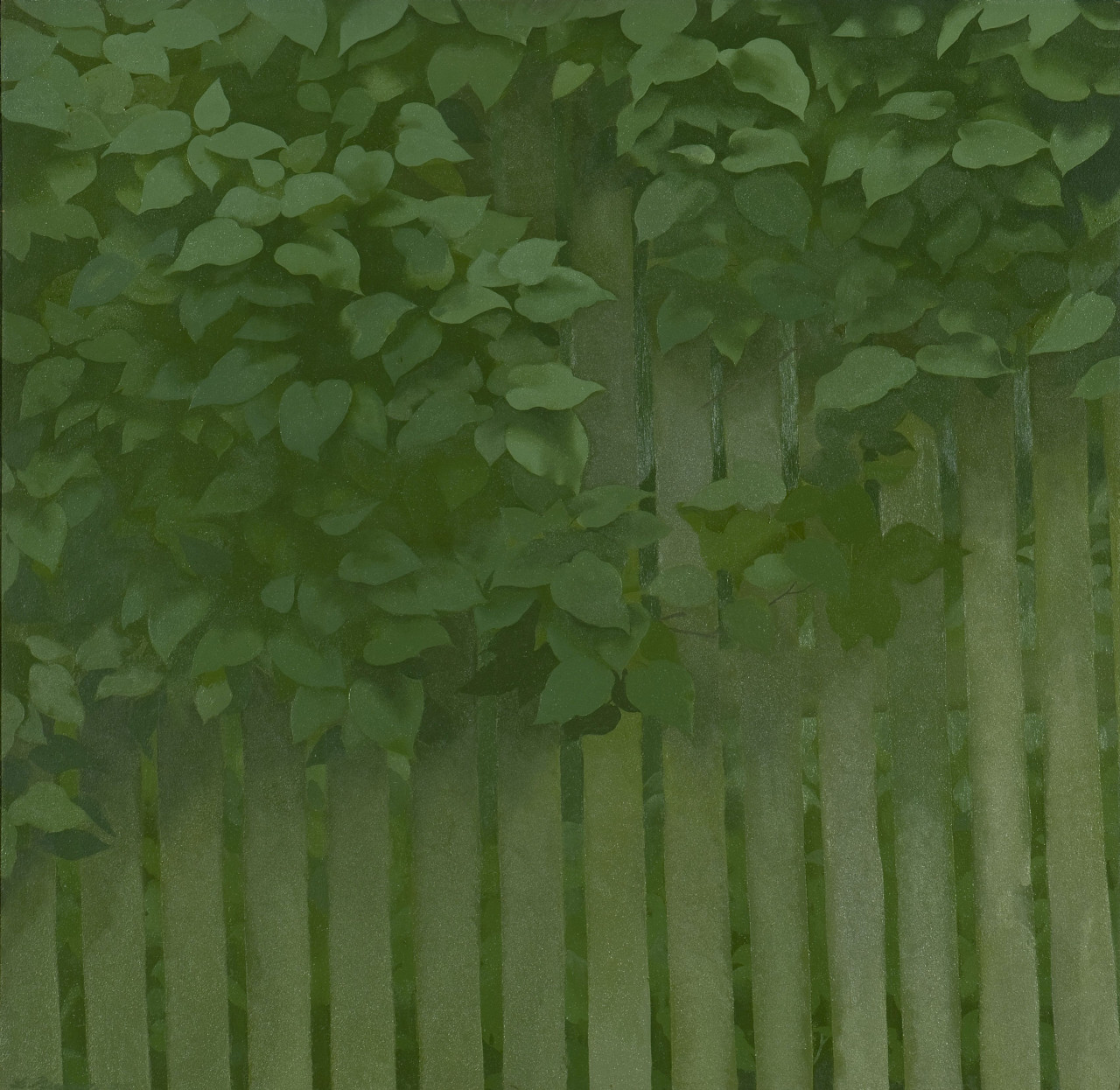
Over her career, the artist has ceaselessly developed and changed her creative approach – as though she were attempting to pass a certain level of difficulty, perfecting what she had started and then working on something new. She began by experimenting with painting diapositive films and developing her photorealist approach. Then Līga Purmale started painting close-ups of reality – interior details and garden corners. Having polished to perfection a fragment of a table or the edge of a chair, the artist's gaze began to recede, and she turned to landscape painting. In these landscapes, the artist succeeded in capturing mist as though it were tangible matter. Yet, she did not dwell on this theme for too long. Over time, her paintings became emptier and lighter while the mists grew thicker, leaving only barely visible contours of the landscape, attaining a level of abstraction. And suddenly it was the city that was captured in her paintings, with its rush, noise, people, cars, cafés, advertising and neon lights. The painter captured chance episodes and passers-by in an urban environment. Documentation of the city, meanwhile, gave way to a review of personal memories. Through the prism of her family, the artist reflected on the events in Latvian history from the early 20th century until 1975, when she started her professional artist career. Purmale drew inspiration for these works from personal memories, family photo albums, books from the home library, and selected press photographs that were typical of their time. Later, the artist briefly returned to nature and painted close-ups, reflections, and plays of light visible in the garden – foliage, flowers, and berries from an insect's perspective.
Līga Purmale has achieved much during her career. She has held more than 30 personal exhibitions and has taken part in countless group exhibitions. In 2009, the international auction house Sotheby's sold her work Saturday Night Movie at a London auction. Although the artist's main field of activity is painting, she has also produced stage designs for Pyotr Tchaikovsky's ballet Swan Lake (2002) and Adolphe Adam's ballet Le Corsaire (2003) at the Latvian National Opera. Līga Purmale's works are held in art museums and private collections in Latvia and abroad. Meanwhile, her work has been mentioned in more than 553 printed media publications, and art historians, researchers, and curators such as Inese Riņķe, Elita Ansone, Vilnis Vējš, and others have invested considerable effort in studying and describing Līga Purmale's oeuvre in different periods.
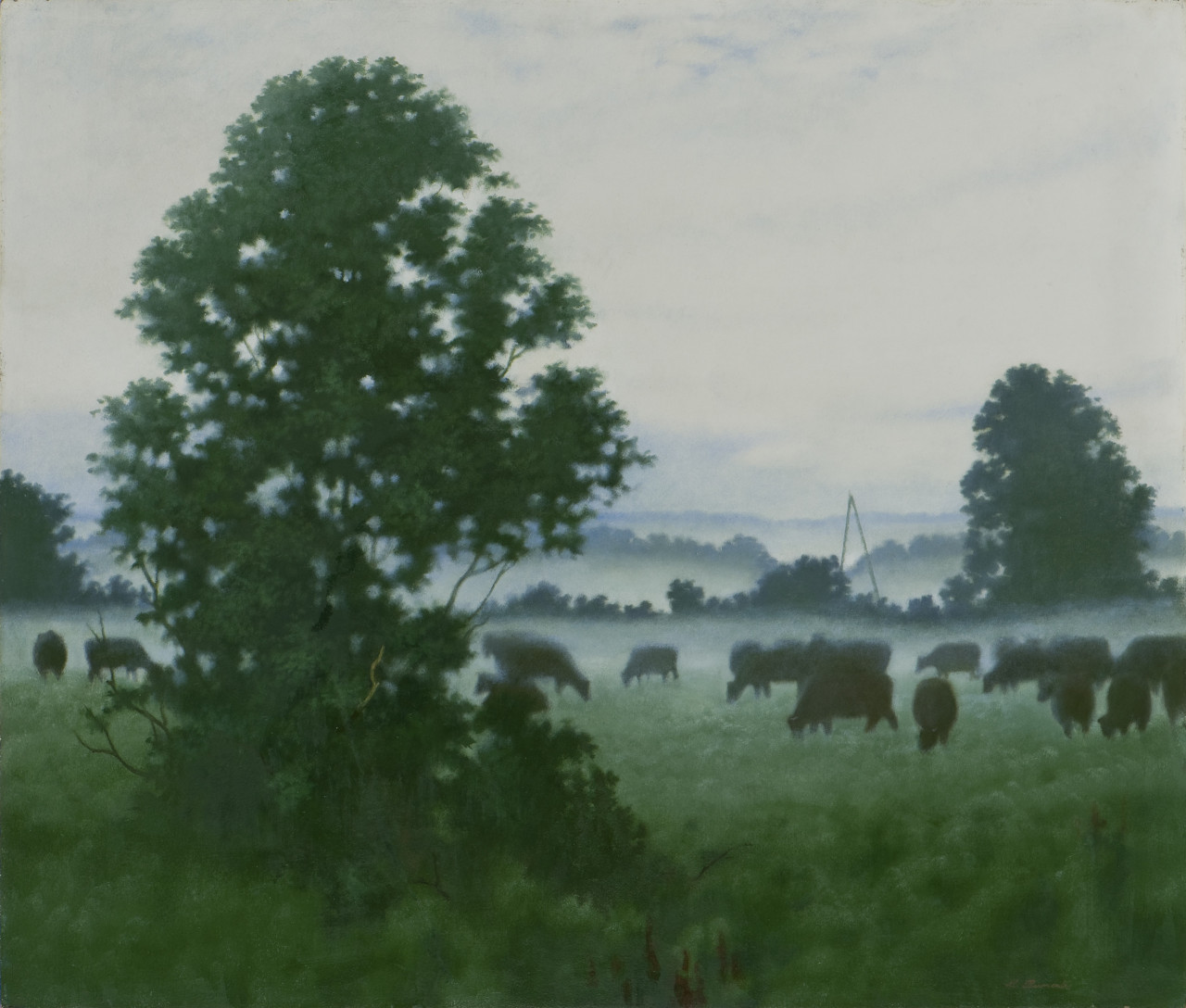
Art critic and curator Vilnis Vējš, in the catalogue The Visible World (2004), characterises Līga Purmale's work: “Purmale is alone – she does not represent a group, her art cannot be contained inside a specific movement without significant loss, it is difficult to locate in it the influence of traditions, and she hardly has any followers.” Purmale is like a witness of age, a documentarist, an observer who captures what cannot be grasped – time, striving to preserve no longer existing landscapes and human existence.
The team of the exhibition Līga Purmale. The Garden of Past Pleasures invites visitors to view the painter's works slowly, approach closer, observe the details, and feel the mood created in the works. Līga Purmale is a unique artist whose works can be seen on several levels and is open to individual interpretation. The works often contain a secret – the artist's signature or a miniature detail in the most unexpected places. The exhibition's educational programme will draw attention to the slow viewing of art, also offering inside the exhibition special cards for unhurried observation of art. Each card contains targeted questions – about the specific work as well as other works in the exhibition.
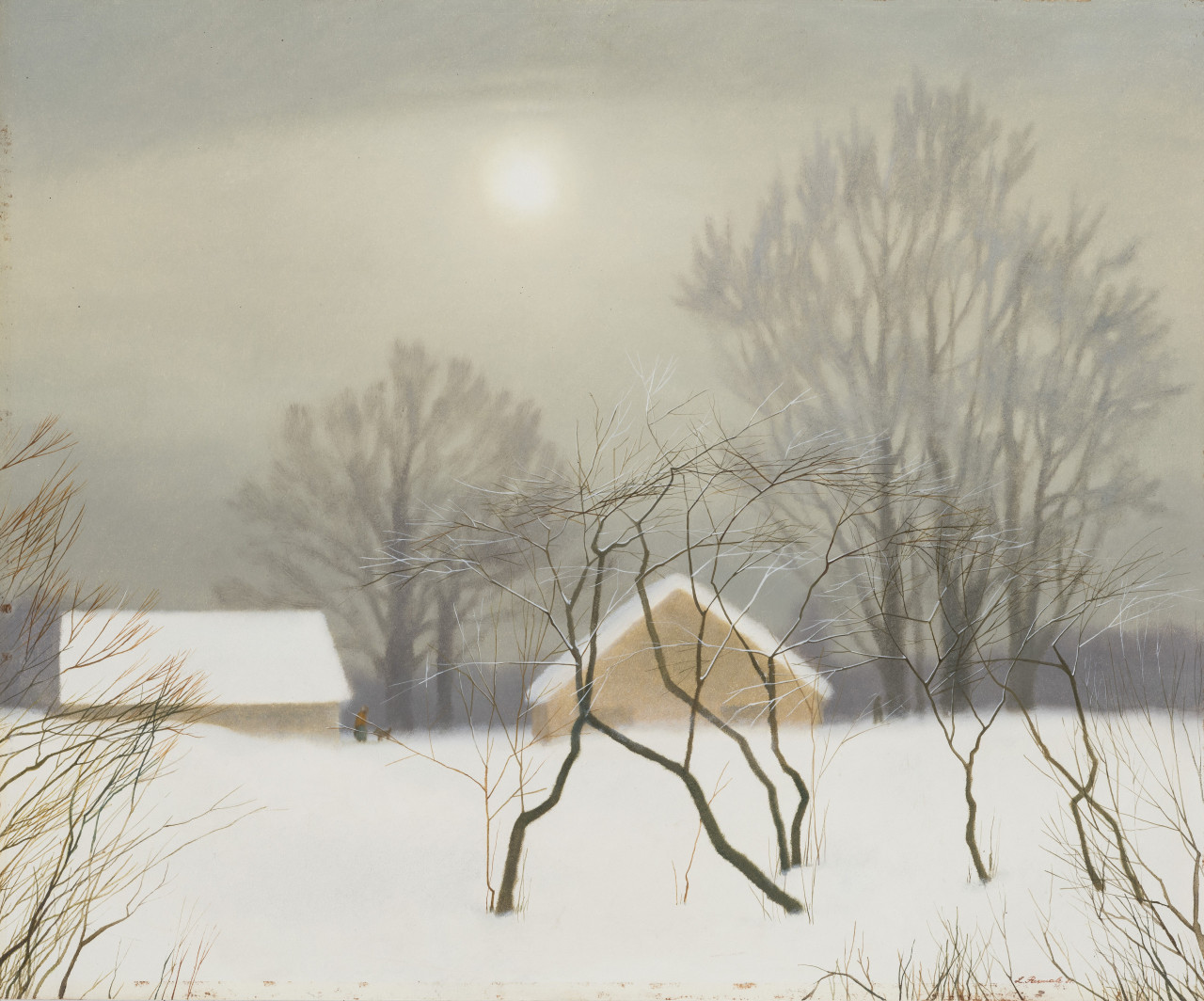
Thematically, the exhibition is divided into six sections, tracing the artist's different creative periods. To make the exhibition more accessible to a broader public, all texts are also available in an audio guide. For one painting from every period, a detailed audio description has been produced to assist everyone, including people with visual impairment, in engaging more fully with the works of art. Texts in sign language and audio descriptions are available on the exhibition's website by scanning this QR code, while QR codes for specific sections can be found on the labels of the specific artworks.
Curator of the exhibition Agnese Zviedre
